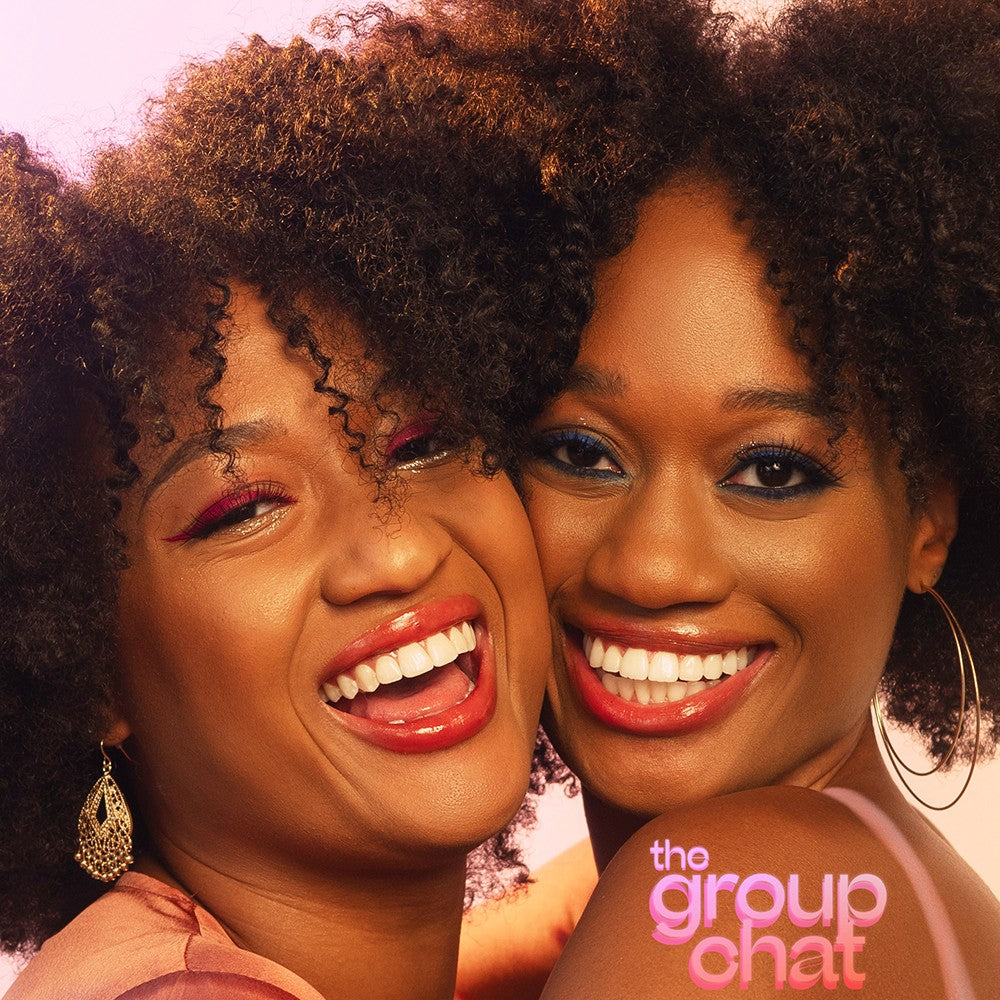As glorious as our 4C hair is, some still take issue with it and have not yet evolved to admire and respect the wonders of natural hair. Our hair has been policed for centuries, with many negative (and ultimately harmful) comments and insults cast in our direction in reference to our coils and kinks.
Our hair has always been a political issue. The Tignon Laws in 1786 forced Black women in Louisiana to hide their stunning, natural hairstyles underneath headwraps (which were still made to look gorgeous, of course!). Since then, hair discrimination has continued to affect the livelihood of Black women. However, with The Crown Act (which lawmakers and activists have been working tirelessly on to pass in several states), there is hope that we can change the narrative on our hair. Nonetheless, natural hair still faces the threat of being denigrated and belittled for simply existing. Eurocentric ideals of beauty must be unpacked, and during this healing time, support is needed.

We can start to heal by changing the narrative. We’re going to break down some of the harmful things said to us (and that we’ve said to ourselves), and how we can change these toxic phrases into opportunities to be better to ourselves:
Pelo malo (aka “bad” hair)
The phrase “bad hair” has been a scourge in the Black diaspora, whether it’s said in English or in Spanish as pelo malo. It consists of an inherent cruelty, conveying the very inaccurate notion that there is something intrinsically wrong with afros, coils, and kinkier hair textures. This makes people with 4C hair feel self-doubt and less confident in their strands. It may not be easy to combat this harmful phrase, but we recommend stating, “You have it wrong, my hair is beautiful and all natural hair is good”, to shake those haters up and get them thinking differently.
The texture caste system that prizes long loose curls over short tight coils
The beauty and diversity of Black people means we have every kind of texture growing from our heads naturally. The curl spectrum that categorizes texture from 1A to 4C has been incredibly helpful to us all in figuring out how to best care for our hair. But most women with tighter textures have found that their hair actually includes several kinds of textures, which the spectrum doesn’t account for. And there’s the even more pernicious idea that in categorizing the different patterns, it still contributes to the texture caste system: by numbering the straightest textures as 1 and our textures as 4. We see this play out in the natural hair space, where bloggers, influencers, and vloggers with long loose curls have traditionally been given more campaigns and visibility than those with 4C hair. We are doing our best to change this by promoting and uplifting our faves like Nappyfu, Nappyheadedjojoba, Chizi Duru, and Latoya Ebony. Go visit their pages and contribute to amplifying melanated voices like we have been doing not just this year, but always.
The old adage that 4C hair is “unmanageable”
Though being a product junkie is fun, it’s important to remember that you can do as little or as much as you want to do with your hair. Healthy natural hair takes time to maintain (like any other kind of texture). Conversations with women who have looser and straighter textures will show that they don’t necessarily spend any less time in the salon, nor in taking the steps to ensure their hair’s health. So, let’s get rid of this thought that our hair is less manageable or more difficult. We should look at the effort we put in and the time our hair requires as necessary to bring out the beauty in our coils and kinks, not a sign that anything is wrong with them.
The idea of “presentable” hair
Fact: work is a huge part of our lives in a capitalist society. It’s a space to which we all show up the majority of the week, either physically or virtually. So, of course it shapes our actions and perceptions when we’re not actually at work. This means that the discrimination we faced in social settings transferred to office settings once these workplaces were erected. So, even though diversity was progressing slowly yet surely in some of these spaces, the racist tropes about our hair has not. That meant it benefitted us to have straight hair in our personal lives if that was how we showed up to work. But as more and more of us started to embrace our natural hair socially, it created immense difficulty at work, where our natural strands weren’t deemed “professional”.
There is nothing unpresentable about our hair. How it grows from our heads naturally is beautiful. How our braids fall and our locs sway is stunning. Straighter hair isn’t “better looking” or more “acceptable” in the halls of business, but it is when you add racism, colorism and bigotry to the mix. So, please love and display and be proud of your hair. And understand that there are laws and legality around those who force you to wear it another way, whether at work or any place where discrimination can come at a cost to your well-being.



0 comments